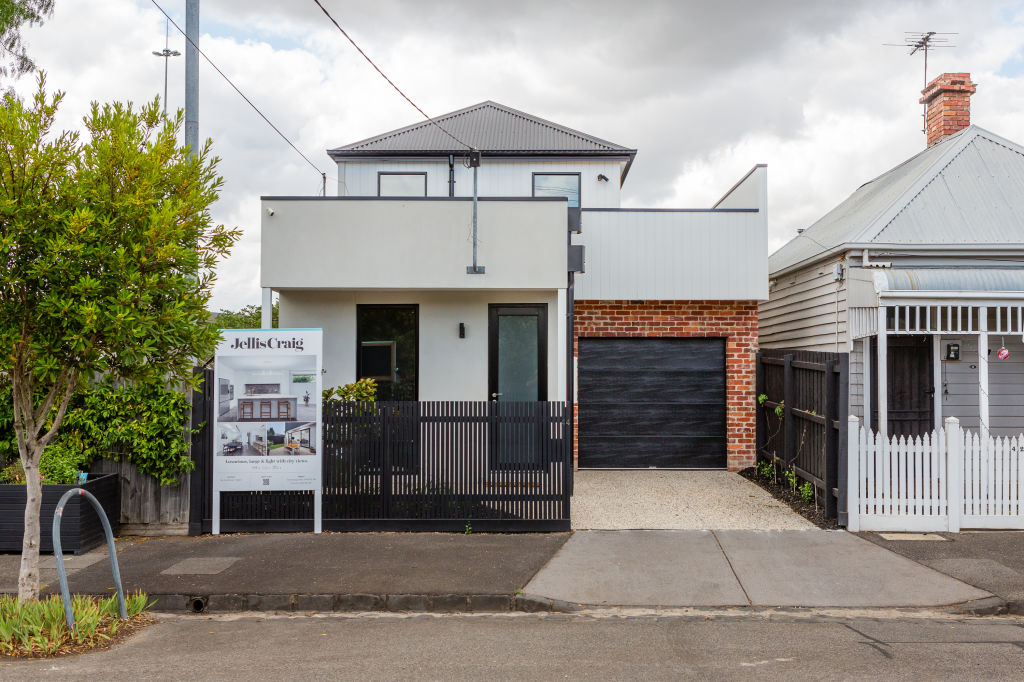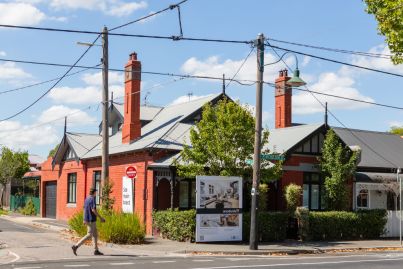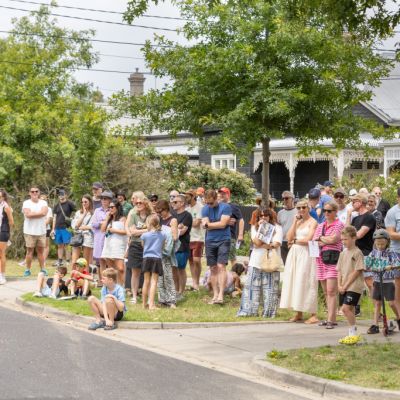Does using your SMSF to buy property make financial sense?

Using savings in a self-managed super fund (SMSF) to buy property is becoming increasingly popular, with Australian Taxation Office figures showing a rise of 26.4 per cent to $55.2 billion over the three years to June 2024. But does it really make financial sense?
Like everything, it depends on personal circumstances – and the quality of the investment property – but, generally, it can be an excellent wealth creation tool, experts say.
“If you have $200,000 in super and use that to buy a $1 million property, then you’re getting, say, 6-7 per cent growth on $1 million rather than 6-7 per cent growth on $200,000,” says Shore Financial chief executive Theo Chambers.
“The compounding effect of the leverage makes a big difference. And if you sell a property after retirement, it’s capital gains tax-free.
“Australians live and breathe property, so a lot of people prefer putting money into real estate than managing investments.”

In addition, Chambers says, SMSF lending has become more accessible, with more lenders in the space offering favourable terms.
These include higher loan-to-value ratios of up to 90 per cent, and taking into account future super contributions as well as those in the past.
The lacklustre performance of traditional super funds is also a big factor in the dramatic surge in SMSF investing.
Palise Property founder and director Steve Palise points out that 76 per cent of actively managed Australian equities funds underperformed the ASX 200, according to the latest S&P Indices Versus Active mid-year 2024 report by S&P Global.
“When I started my business four to five years ago, just one in 15 people [6.67 per cent] were using their SMSF to invest in property, and that’s now about 30 per cent and increasing,” he says.
“We’ve had huge interest rate increases over that time, but investors want to keep investing.
“Often, they have no idea how much super they have, but they’ll always know the value of a house they’ve invested in, how much it’s worth now and how much they’ve made.
“Most people know property too, and they know they can value add with renovations, then sell and buy something more expensive.”

The critical element, however, is that the investment asset is a good one, Palise says.
Ideally, it will be something that can be improved so it appreciates in value with little risk. It should also provide a good cash flow from the rent.
“You need to buy something that ticks all the boxes, like a three to four-bedroom house in a good area with good infrastructure, a low vacancy rent and a short time on market,” Palise says.
“More people are also now buying commercial property because you can get three times the rent and pay the investment down faster.”
Stewart Residential director Ben Stewart works on a number of prestige developments in Sydney and says he’s noticed an increased appetite from clients seeking to use their SMSFs.
“That’s especially older, more mature people in their 50s and 60s who have built up some funds.” he says.
“We’re also seeing a lot more investors buying now, which we hadn’t seen for three or four years.
“We’re seeing that [in] projects like Aura by Aqualand in North Sydney where investors are buying one to two-bedroom apartments. They know housing is a great asset.”


We recommend
States
Capital Cities
Capital Cities - Rentals
Popular Areas
Allhomes
More










